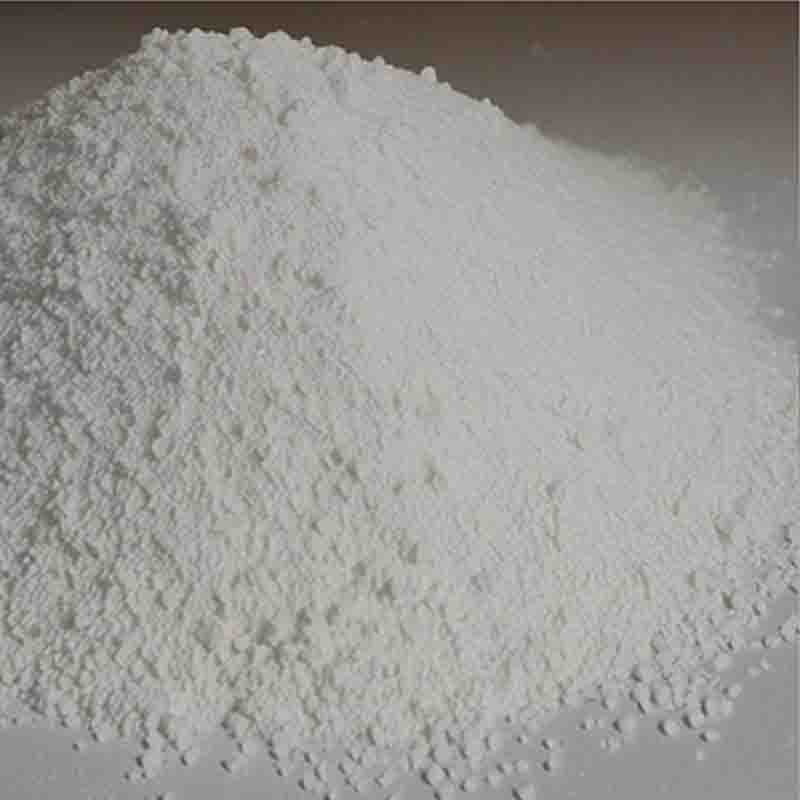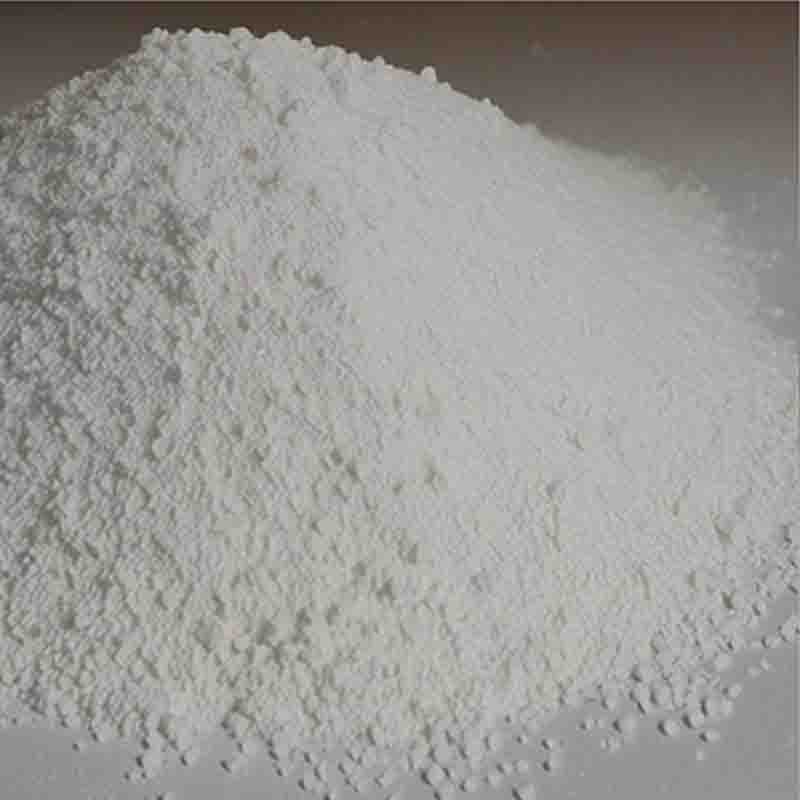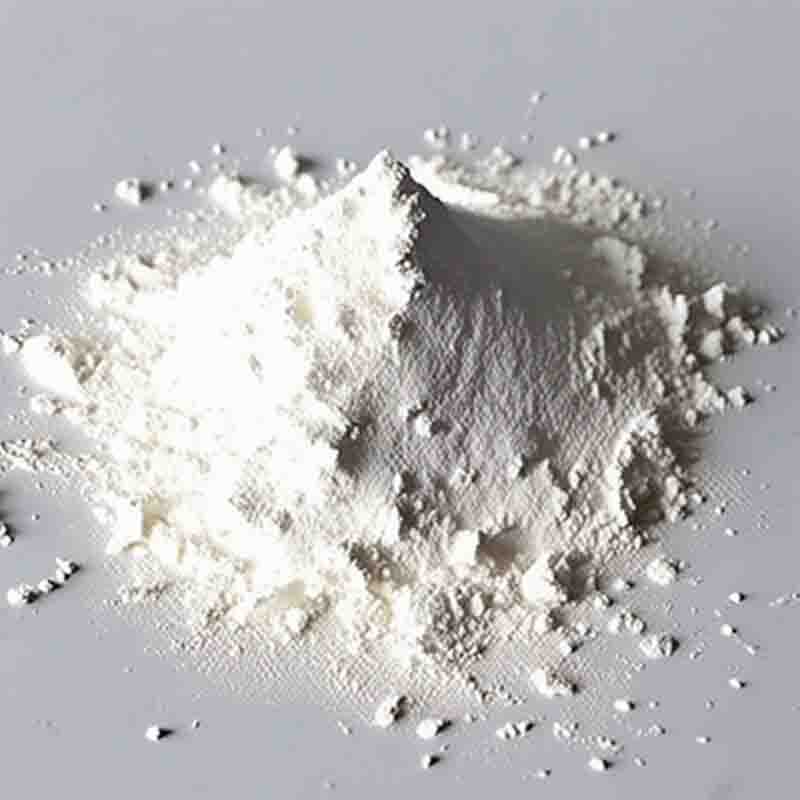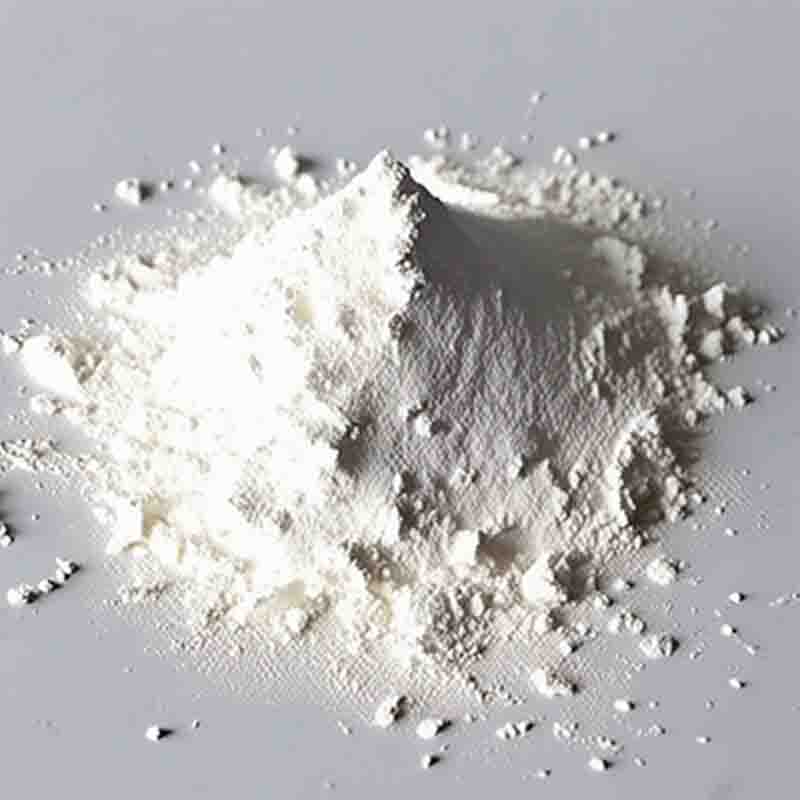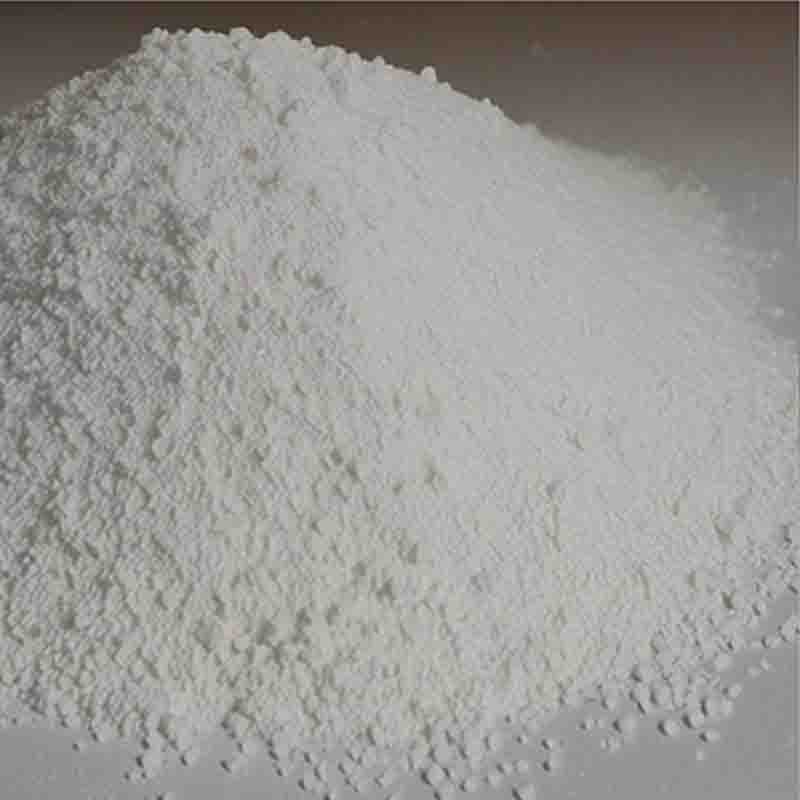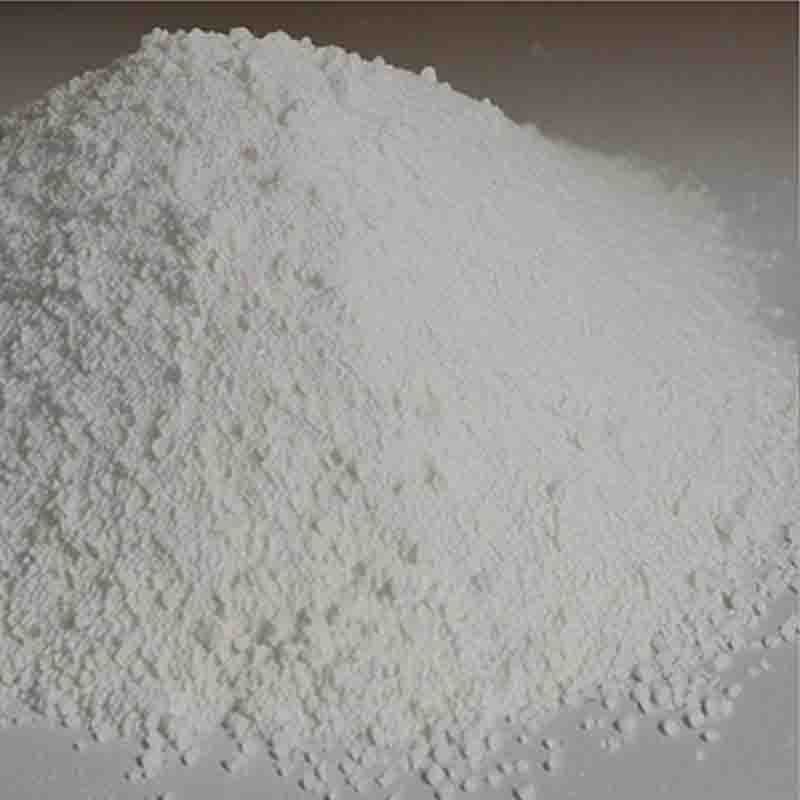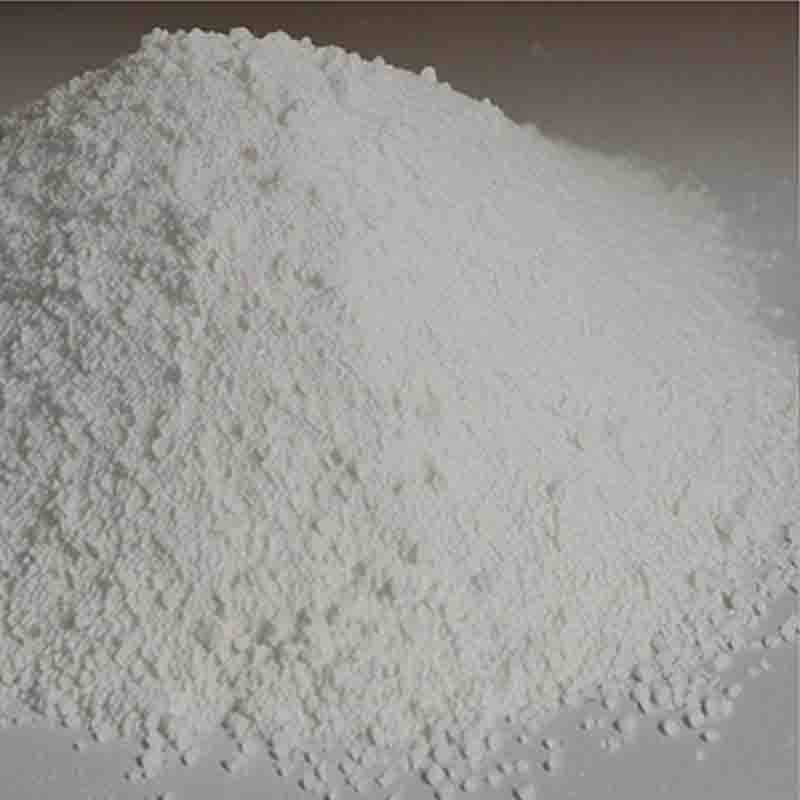3-Bromo-9-(4-biphenylyl)carbazole CAS: 894791-46-9
| Catalog Number | XD96094 |
| Product Name | 3-Bromo-9-(4-biphenylyl)carbazole |
| CAS | 894791-46-9 |
| Molecular Formula | C24H16BrN |
| Molecular Weight | 398.29 |
| Storage Details | Ambient |
Product Specification
| Appearance | White powder |
| Assay | 99% min |
3-Bromo-9-(4-biphenylyl)carbazole is a chemical compound with versatile applications across various scientific and industrial fields due to its unique structure and properties. Here are some potential uses of this compound:
1. Organic Electronics: 3-Bromo-9-(4-biphenylyl)carbazole can be utilized in the development of organic electronic devices, including organic light-emitting diodes (OLEDs), organic photovoltaic cells (OPVs), and organic field-effect transistors (OFETs). Its high thermal and chemical stability, as well as its charge-transporting properties, make it a valuable material for use in optoelectronic applications.
2. Material Science: The compound can be employed in the synthesis of advanced materials with specific optical and electronic properties. It may find applications in the development of luminescent materials, organic photoredox catalysts, and organic light-emitting materials, contributing to the advancement of materials science and technology.
3. Chemical Synthesis: 3-Bromo-9-(4-biphenylyl)carbazole serves as a versatile building block for the synthesis of complex organic molecules. It can be used in the preparation of functionalized carbazole derivatives, which have applications in medicinal chemistry, materials science, and organic synthesis.
4. Research and Development: The compound is utilized in academic and industrial research for exploring new organic compounds and their potential applications. Its unique carbazole structure and reactivity make it a valuable tool for investigating structure-property relationships and developing novel chemical entities with tailored properties.
5. Photophysical Studies: 3-Bromo-9-(4-biphenylyl)carbazole can be employed in photophysical studies and as a fluorescent probe due to its inherent luminescent properties. It is useful for studying energy transfer processes, fluorescence resonance energy transfer (FRET), and other photophysical phenomena in solution and solid-state systems.
6. Pharmaceutical Research: The compound may find applications in pharmaceutical research and drug discovery as a structural motif for the development of potential drug candidates. Its unique structure and potential biological activity make it a valuable starting point for medicinal chemistry studies.
7. Agrochemicals: 3-Bromo-9-(4-biphenylyl)carbazole may have applications in the development of agrochemicals and crop protection products. Its chemical structure and reactivity can be explored for potential use in the synthesis of novel pesticides and agrochemical intermediates.
In summary, 3-Bromo-9-(4-biphenylyl)carbazole has diverse potential applications in organic electronics, material science, chemical synthesis, research and development, photophysical studies, pharmaceutical research, and agrochemicals. Its unique structure and properties make it a valuable compound for various scientific and industrial endeavors.


